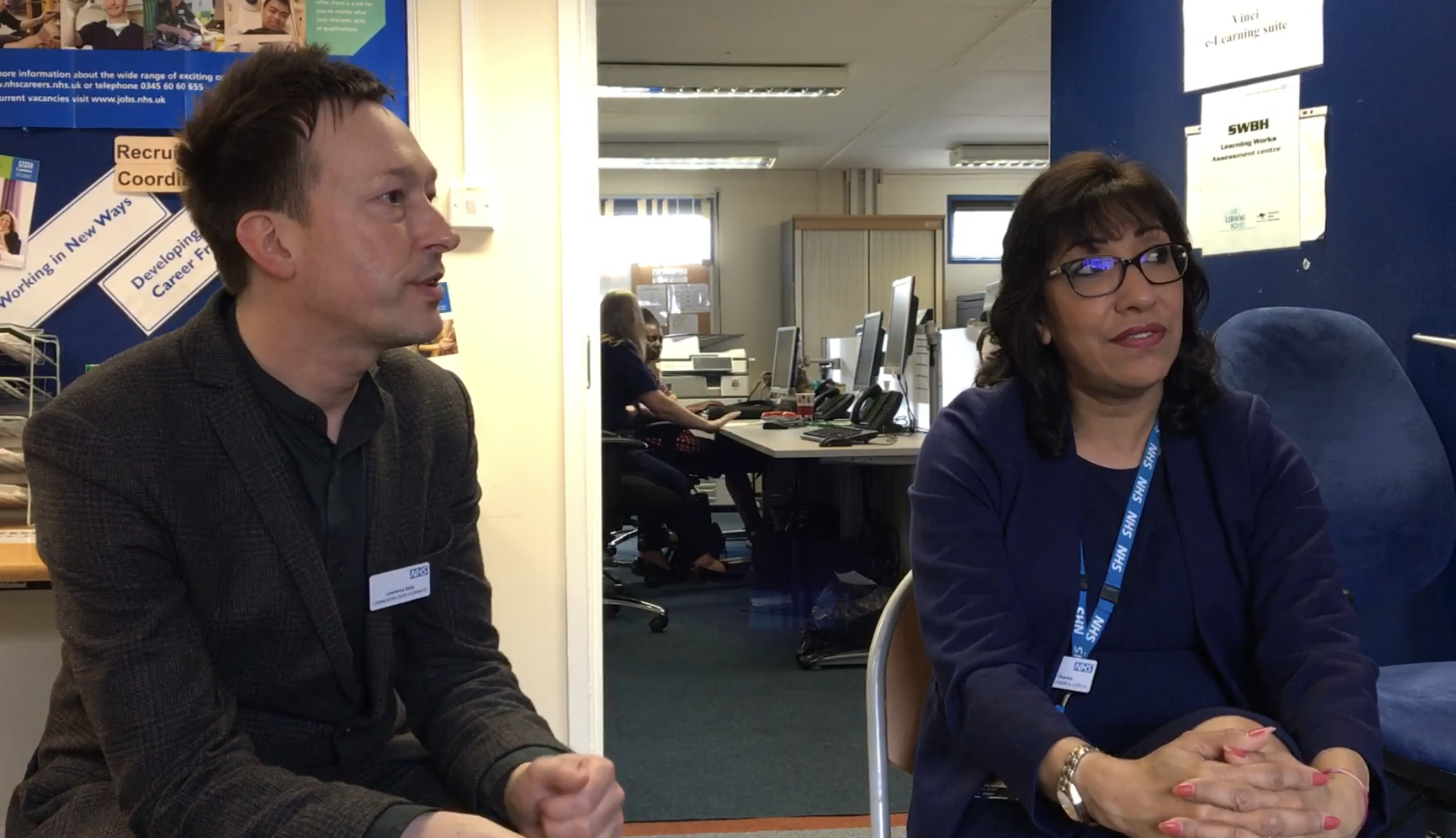Conrad Parke describes here the benefits of projects that are tied to the strategic aims of partners
Were you consciously aware of tying this activity into the NHS partners’ strategic priorities? And if so, was it only so you could count on support from the organisations, or for other reasons too?
Yes, we were consciously aware that recruiting and retaining highly qualified staff was a priority for the Hospital and yes we did this to both encourage buy-in from the Hospital’s senior management and maximise the chances of the programme’s success – which worked. But we also chose the specific approach of helping people with overseas health qualifications for a couple of other reasons. Firstly, staff shortages in the NHS is a national issue which meant, if USE-IT! worked, there was a far greater chance of it being rolled out to other regions. Secondly, we wanted to do something to demonstrate that even in communities classified as highly disadvantaged there are still assets of incredibly high value.
How does this strategic priority connection also benefit the health professionals being introduced back into work?
The first benefit is that the Hospital Trust is fully supporting the work, meaning Senior Management is ensuring the USE-IT! programme is welcomed into all the Hospital’s different departments, which in turn obviously helps the health professionals. But the other benefit is that it has already unlocked other resources from other sources to pay for the support the overseas health professionals need (mainly with language training) which previously they found to be an insurmountable barrier.
Finally, by linking to a strategic priority, we think it means USE-IT! is not going to be another short-term fad that is only supported while the USE-IT! funding lasts which is important because for many of the overseas professionals involved it is going to take them longer than the lifetime of USE-IT! to get the language qualification they need.
Has this impacted the other way too, in making the organisations consider their strategic priorities and whether they need adjusting?
It is less about adjusting strategic priorities in the light of the USE-IT! experience (as mentioned before the Hospital Trust was already fully committed to using their resources to have greater impact on local quality of life) and far more about how the hospital is now willing to work to address those priorities. This is because the USE-IT! experience has provided the opportunity for the Hospital to see the benefit of breaking the physical boundaries of a hospital site and being prepared to work out in neighbourhood settings in partnership with organisations that are the experts in working with that community.
If you are also considering best practice for tying project aims to your partners, contact Conrad Parke to discuss further conrad.useit@gmail.com

